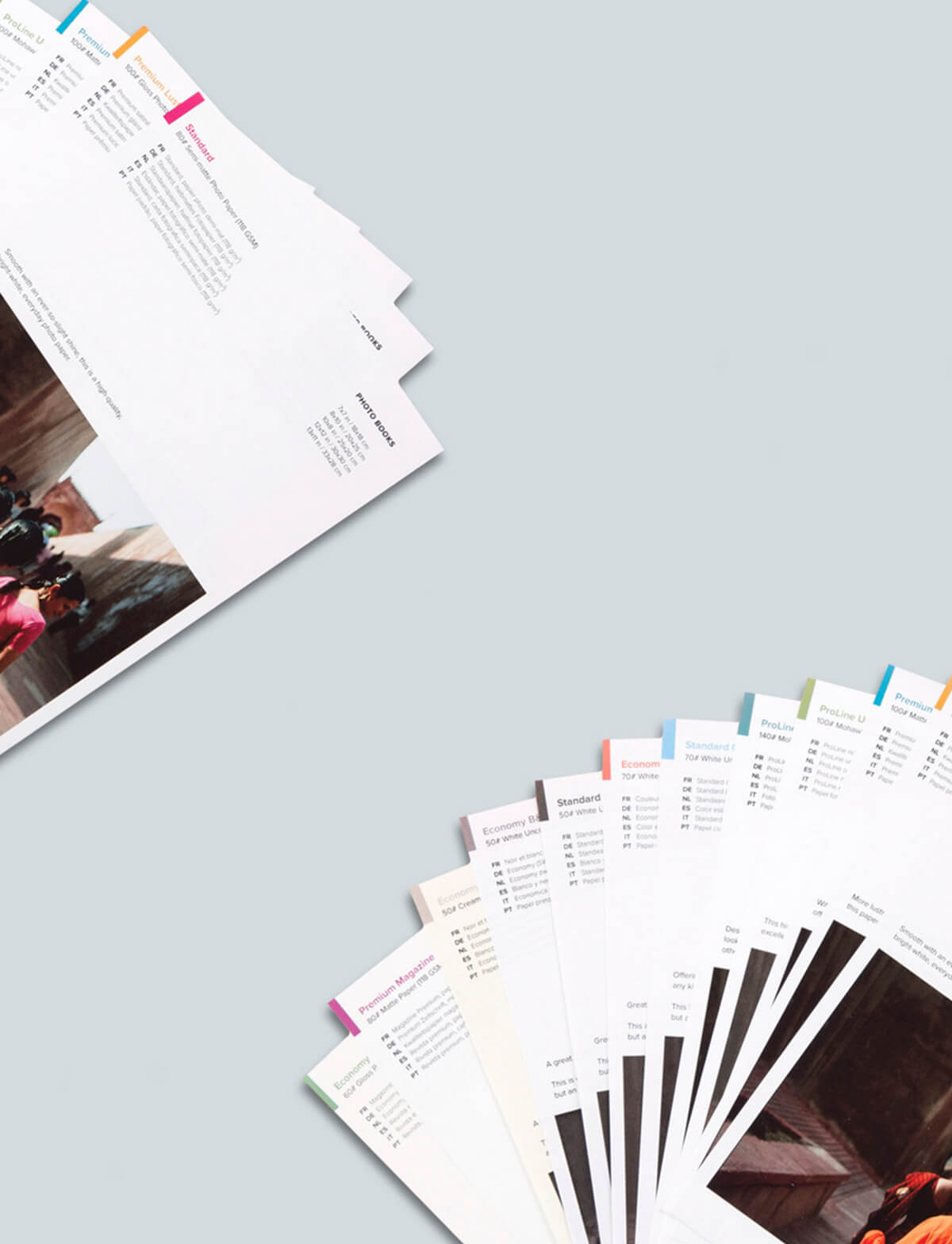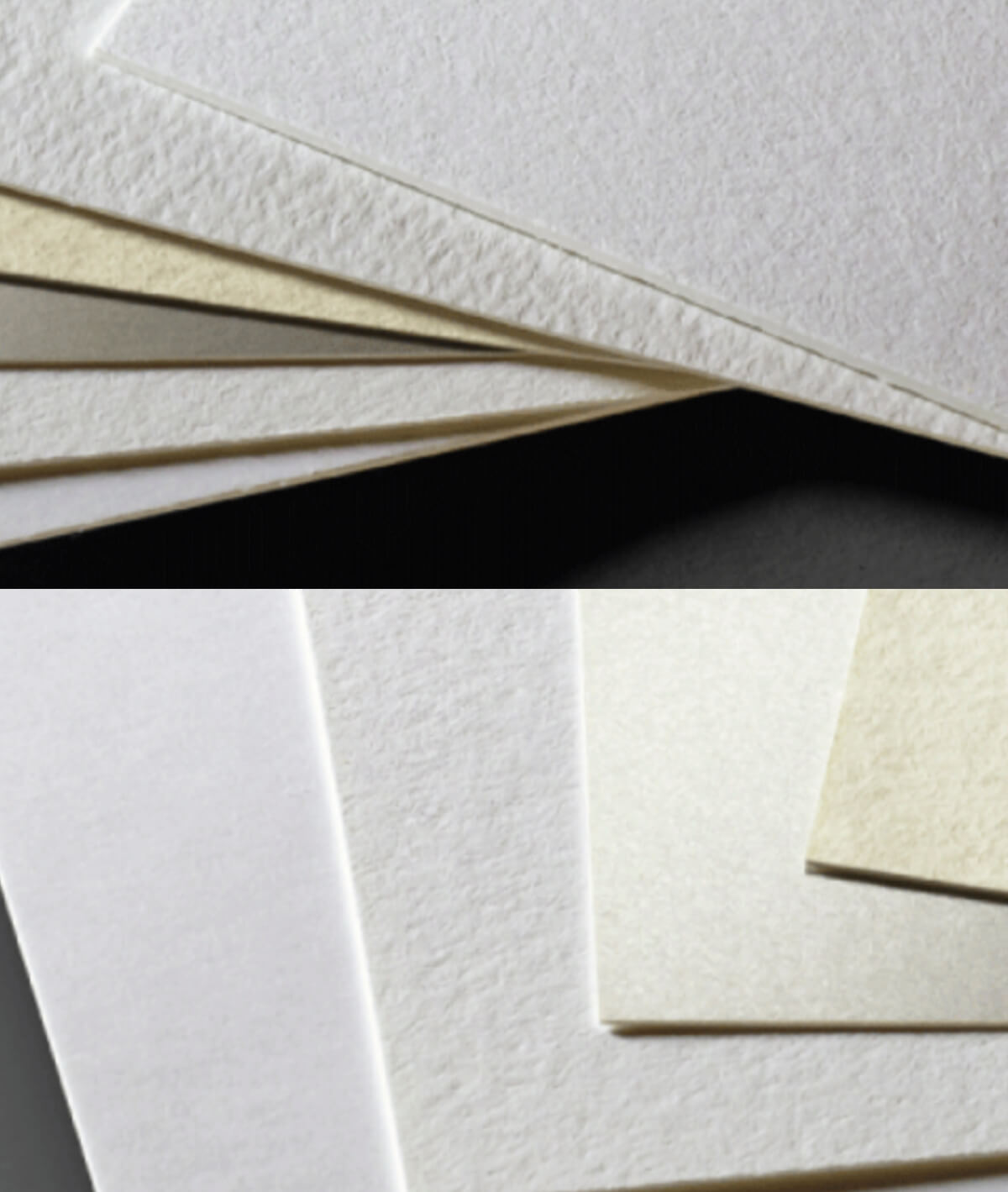
Flyers are a great way to spread the word about your business and its offerings. But when it comes to choosing the right paper for your flyers, there’s more to consider than just looks. Paper weight, coating, and finishing can all have an impact on how well your message is communicated. In this guide, we’ll look at the different types of paper available for your flyers as well as their advantages and disadvantages. Let’s dive in!
The Importance of Paper Selection in Flyer Design
When it comes to designing a great flyer, the paper you choose can be just as important as the design itself. The right paper can make your flyer pop, while the wrong paper can make it look dull and uninviting. There are three elements to look at when choosing the right paper for your flyers:
Paper Weight: The heavier the paper, the more impressive your flyer will look. Heavier papers also tend to be more durable, so they’ll stand up better to being handled and posted. However, heavier papers also cost more, so you’ll need to weigh your options carefully.
Coating: A glossy coating will make your colours really stand out, but it can also make your flyer look like a cheap advertisement. A matte finish is more subtle and professional-looking, but it won’t make your flyer stand out quite as much. Again, you’ll need to decide what’s most important for your needs.
Finishing: If you want your flyer to have a really high-end look, consider having it professionally printed with a high-quality finish. This will make it look its best and ensure that it lasts for a long time. However, it will also be more expensive than printing at home or using a lower-quality finish.


Understanding Paper Weight
Paper weight is often one of the most misunderstood aspects of choosing paper for your print projects. Many people believe that heavier paper is always better, but that’s not necessarily the case. In reality, the weight of the paper you choose should be based on the specific needs of your project.
Explanation of Paper Weight Measurement (GSM)
Paper weight is often determined by its thickness, which is measured in grams per square meter (GSM). The thicker the paper, the higher the GSM. Here is a quick guide to help you choose the right GSM for your flyer:
80-130gsm light-weight papers: 80gsm is the weight of standard copy paper and can be used for everyday printing needs. 100-120gsm are typically used for flyers as they are easy to fold and mail.
170-200gsm medium-weight papers: This slightly thicker paper is great for double-sided printing as there is less show through as thinner papers. They are good for projects such as brochures or manuals, where you need a little bit more durability.
250-300gsm heavy-weight papers: These weights are ideal for heavy-weight card or photo printing. They are less likely to bend or crease, and are best reserved for high-end projects like direct mail pieces or catalogues, where you need the heaviest paper possible to convey quality and luxury. 300gsm card is best for business cards.
Coated Paper, Uncoated Paper and Finishes
There are a few other factors to consider when choosing a suitable paper for your flyers. Coated paper has a smooth, glossy finish that makes it ideal for printing photos and other images. Uncoated paper has a more natural finish that’s perfect for text-heavy documents.
Glossy: Glossy flyers have a shiny finish that reflects light and tends to make colours appear more vibrant, but they can be difficult to read in direct sunlight. This finish is also more fingerprint-resistant. However, glossy finishes can make text appear less sharp, and can be more difficult to write on.
Matte: Matte flyers have a more muted finish that is easier on the eyes. Matte finishes diffuse light and tends to mute colours. They are easier to write on, but they can show fingerprints more easily than a glossy finish.
UV Coating: UV coatings protect against fading and offer some resistance to fingerprints and smudging. However, they can make text appear less sharp, and they’re not always necessary for flyers that will be kept indoors.
Aqueous Coating: Aqueous coatings offer good protection against smudging and fingerprints, and they help prevent ink from bleeding through the paper. However, they can make colours appear less vibrant, and also not always necessary for flyers that are for indoor use only.


Business Cards- Make Your Business Stand Apart
Business cards are still an essential marketing tool for any business. No matter the industry you work in, it is important that your business card reflects the skills you’re trying to convey. From Tradesmen to salesmen, they often can provide that personal touch to clients and potential customers. A well designed business card can make you stand out from the competition.
Your business and your ideal customers all play a role in how you design your business card. When dealing with businesses in a similar industry, a clean, corporate feel is best. Your business card can have a quirky feel that will showcase your creativity if your service or business is more personal.
In addition to your name, business name, logo, and contact information, you should also include your contact information. If you have a presence on social media channels, you may also want to include a QR code to your website. The quality of the print and the card weight are also crucial. Making your card stand out will make it even more effective.
Recycled Paper Options
There are a variety of recycled paper options available on the market, each with its own set of benefits and drawbacks. In general, recycled paper is more expensive than non-recycled paper, but it can be a more environmentally friendly option. Here is a comparison of different recycled paper options to help you choose the right one for your flyers:
1. Recycled newsprint: This is the most affordable recycled paper option, but it is also the least durable. It is suitable for single-use applications such as flyers or newspaper inserts.
2. Recycled office paper: This type of recycled paper is more durable than newsprint and is suitable for double-sided printing. It is more expensive than newsprint.
3. Recycled cardboard: Cardboard is the most durable recycled paper option, but it is also the most expensive. It is suitable for high-quality printing applications such as business cards or postcards.
4. Recycled photo paper: Photo paper is made from recycled cellulose fibres and provides excellent print quality. However, it is more expensive than other recycled paper options and may not be suitable for all printing applications.


Know what type of flyer you need
Are you looking for something durable that will stand up to weather and wear? Or are you looking for a more delicate finish that will add a touch of class to your event? What is your budget? As we have illustrated above there are a variety of paper finishes available, so be sure to compare prices before making your final decision.
The paper weight, stock and finish you choose should complement the overall design of your flyer. If you have a very simple design, then a glossy finish might be too much; whereas if you have an intricate design, then a matte finish could help bring out the finer details of your design.
You might also need to consider how your flyer is cut and folded. We can fold, score, and die-cut flyers.
Folded flyers are the most common type and are easy to mail or hand out.
Scored flyers have fold lines that make them easy to fold evenly, for example if it is folded into three sections this is called a tri-fold.
Die-cut flyers will make you stand out from the crowd. Die-cut flyers have unique shapes cut into the edges or inside the flyer itself, they are a bespoke order that we can discuss with you should you need some die-cutting for your unique design.
In conclusion, selecting the right paper for your flyers is a crucial step in creating materials that are effective, durable, and visually appealing. By considering factors such as paper weight, coating, finish, and recycled options, you can make informed decisions that will ensure your flyers stand out from the competition and meet the needs of your target audience. Whether you’re promoting a business, event, or special offer, taking the time to select the right paper for your flyers can make a significant difference in their success.
Do you have a question about business stationery or need advice on what your best approach should be? Then contact us at hello@printready.ie or call (01) 858 1000 – we will be delighted to help!